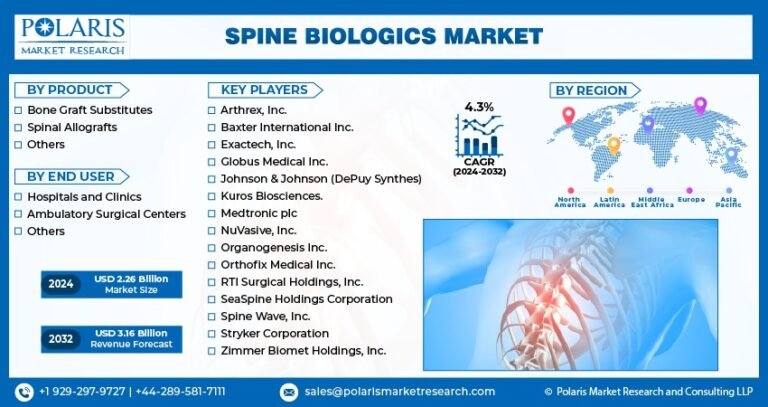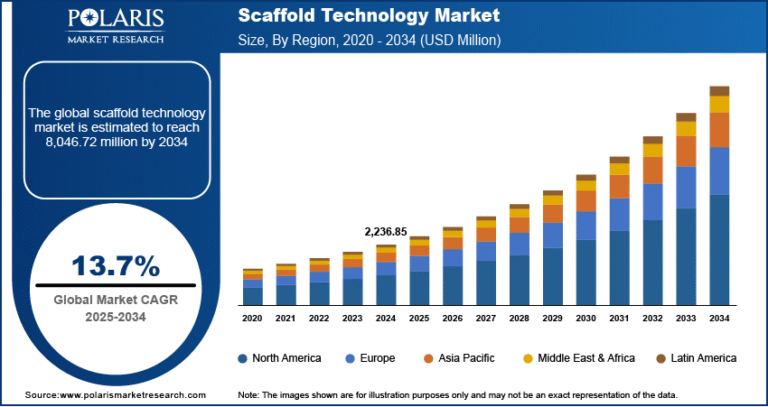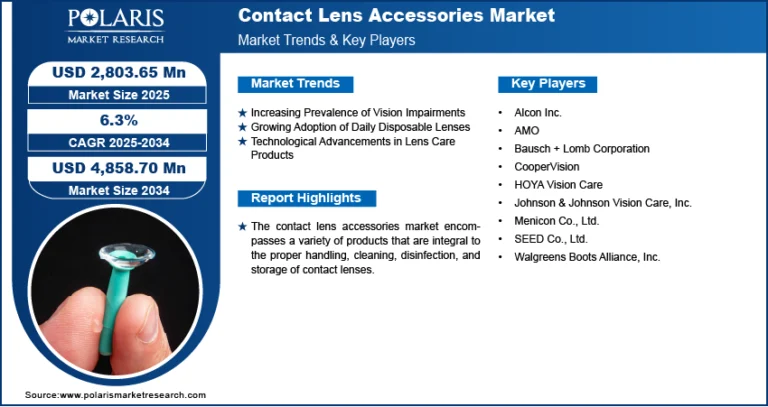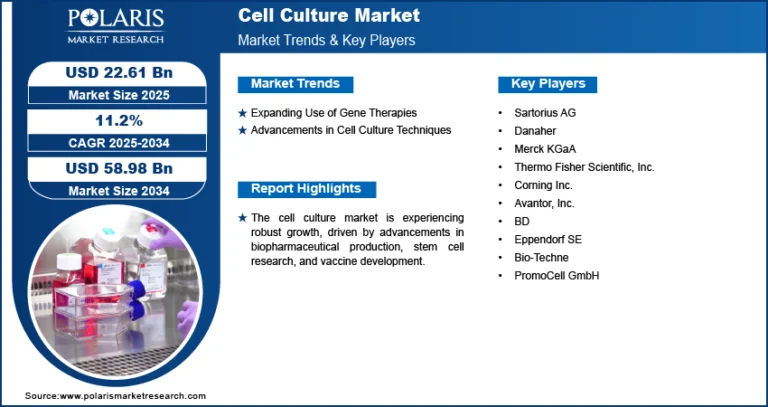Head and Neck Cancer Market forecasted to grow to USD 7,684.82 million by 2034, with a CAGR of 11.5%.
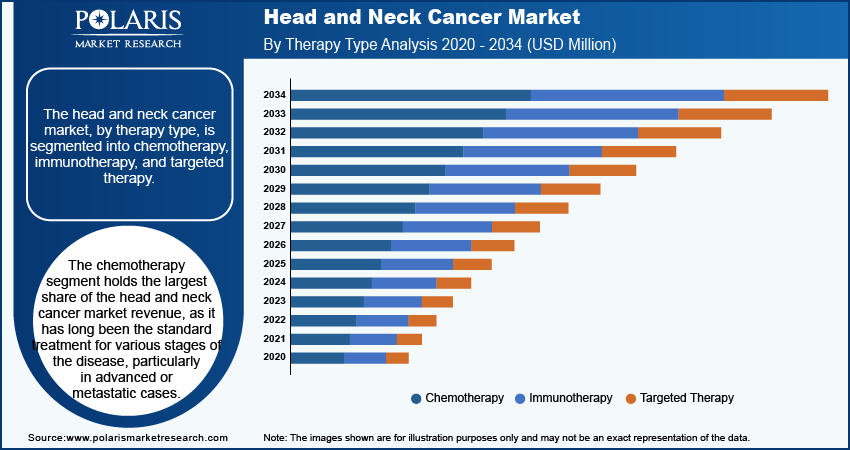
The head and neck cancer market was valued at USD 2,581.76 million in 2024 and is expected to grow from USD 2,873.49 million in 2025 to USD 7,684.82 million by 2034, reflecting a compound annual growth rate (CAGR) of 11.5% during the forecast period from 2025 to 2034. The growth of the head and neck cancer market is primarily driven by the rising prevalence of risk factors such as smoking, alcohol consumption, and HPV infections, which are contributing to an increasing number of cancer cases worldwide.
Head and Neck Cancer Market – Trends & Insights
- Rise in Targeted Therapies and Immunotherapies
Advancements in immunotherapy and targeted drug development are reshaping treatment approaches, offering more personalized and effective options, especially for recurrent or metastatic head and neck cancers. - Increased Early Diagnosis through Screening Programs
Growing awareness, along with improved diagnostic imaging and screening techniques, is enabling earlier detection of head and neck cancers, which leads to more effective treatment outcomes. - HPV-Associated Cancer Surge
A notable increase in human papillomavirus (HPV)-related oropharyngeal cancers is driving the demand for specialized therapies and vaccines, particularly in younger demographics. - Robotic and Minimally Invasive Surgical Techniques
The adoption of transoral robotic surgery (TORS) and other minimally invasive procedures is enhancing patient recovery, reducing complications, and gaining traction as standard care practices.
Market Size & Forecast
- Market Size Value (2025): USD 2,873.49 million
- Revenue Forecast (2034): USD 7,684.82 million
- CAGR (2025–2034): 11.5%
𝐆𝐞𝐭 𝐄𝐱𝐜𝐥𝐮𝐬𝐢𝐯𝐞 𝐒𝐚𝐦𝐩𝐥𝐞 𝐏𝐚𝐠𝐞𝐬 𝐨𝐟 𝐓𝐡𝐢𝐬 𝐑𝐞𝐩𝐨𝐫𝐭:
https://www.polarismarketresearch.com/industry-analysis/global-head-and-neck-cancer-market/request-for-sample
Market Overview
The head and neck cancer market is witnessing robust growth fueled by technological innovation, a growing burden of cancer cases globally, and the increasing adoption of novel treatment modalities. Advancements in precision medicine, particularly in immunotherapy and biomarker-based targeted therapies, are expanding treatment possibilities, improving patient survival rates, and reducing side effects compared to traditional chemotherapy.
Furthermore, strong R&D investment from pharmaceutical and biotechnology firms is fostering the development of cutting-edge drugs and therapies. Supportive regulatory approvals and rising healthcare infrastructure in emerging economies are also creating new opportunities for market expansion. The increasing prevalence of risk factors such as tobacco and alcohol use, as well as HPV infections, continues to underscore the need for comprehensive prevention, diagnosis, and treatment strategies.

